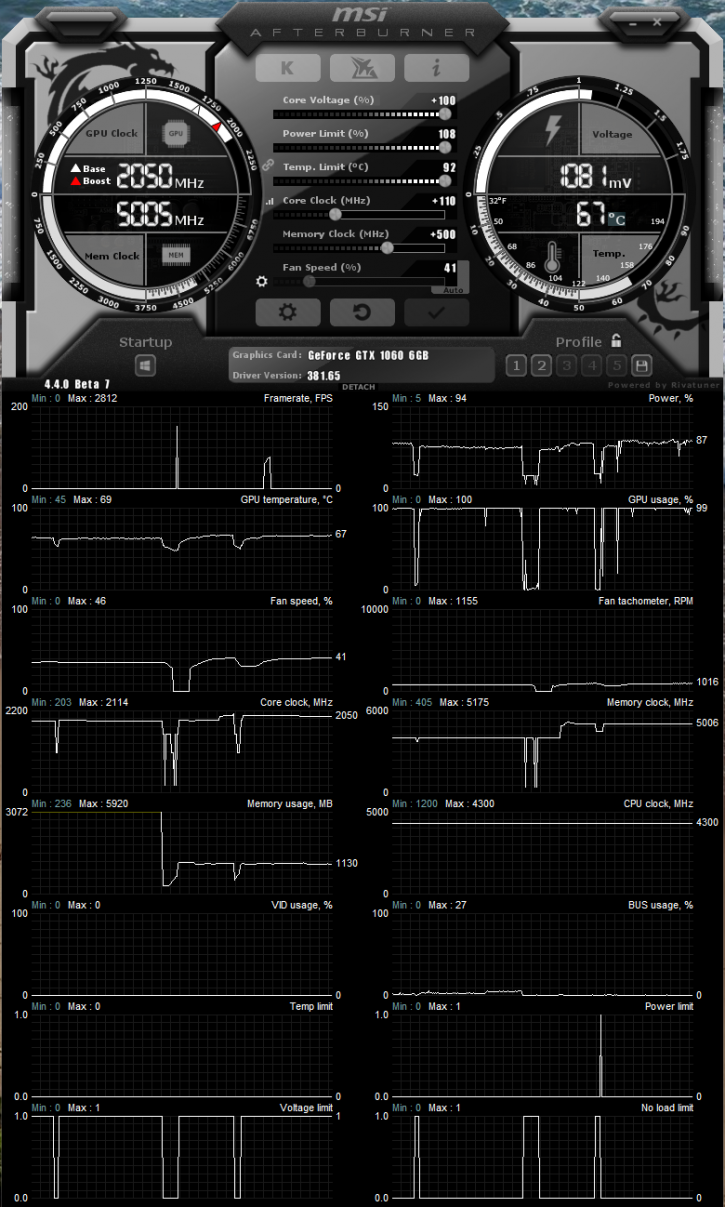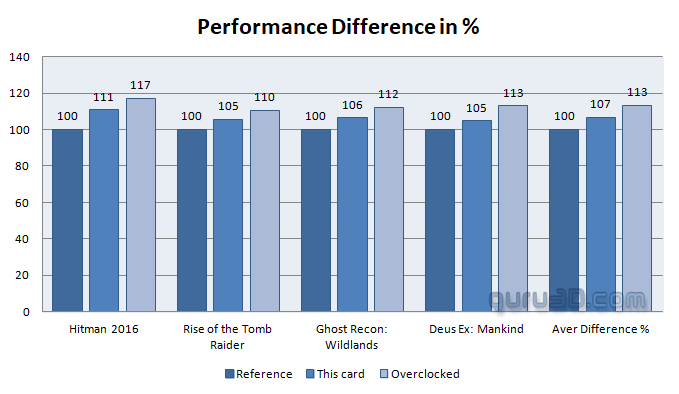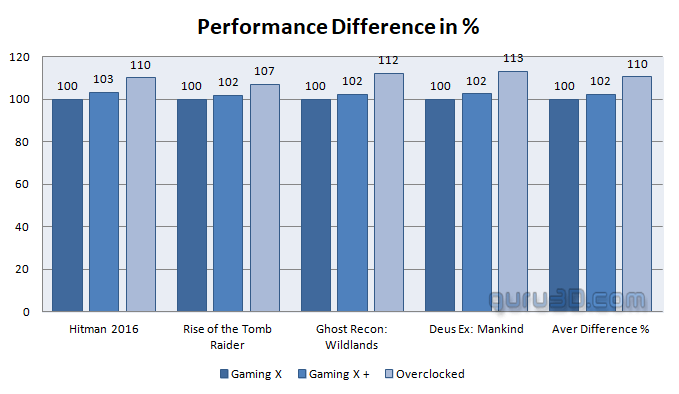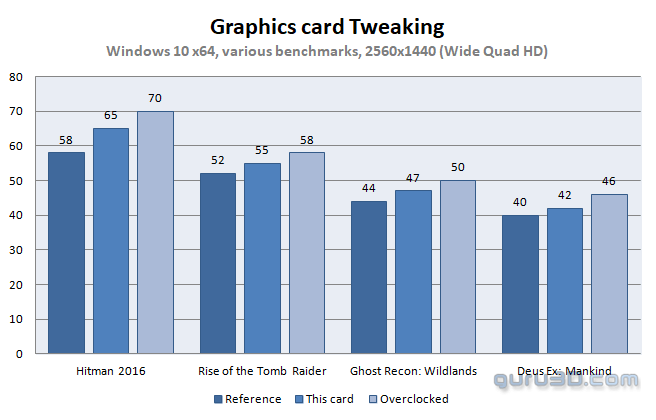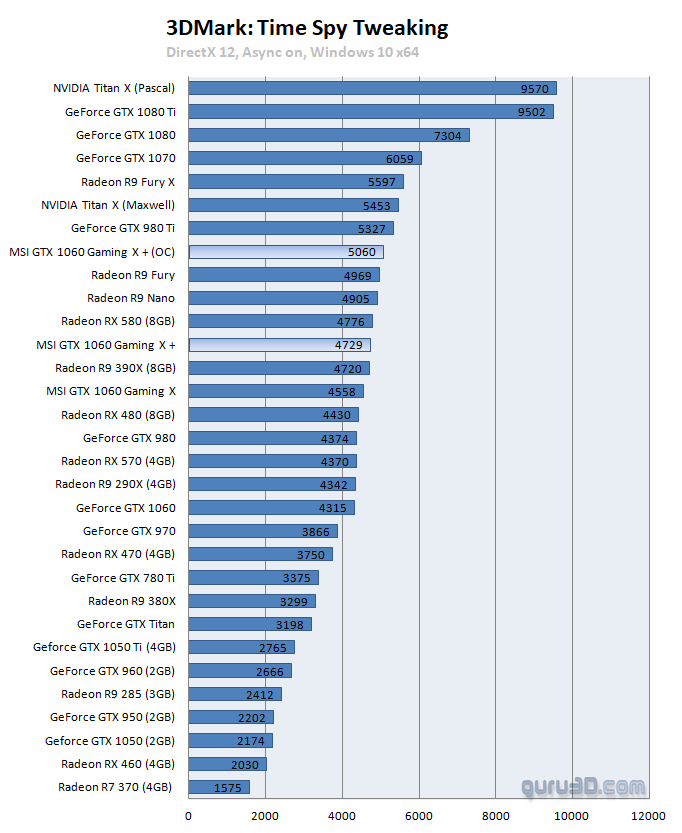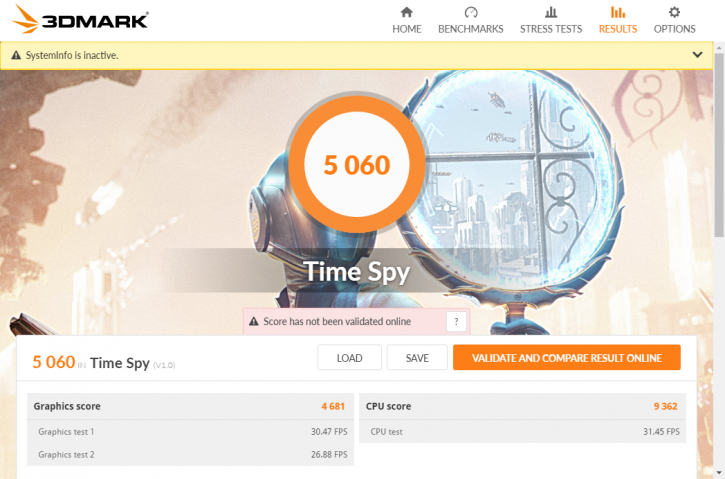Overclocking The Graphics Card
Overclocking The Graphics Card
Traditional overclocking - As most of you know, with most video cards you can apply a simple series of tricks to boost the overall performance a little. Typically you can tweak on core clock frequencies and voltages. By increasing the frequency of the videocard's memory and GPU, we can make the videocard increase its clock cycles per second.
So AfterBurner is in a new Beta stage development and voltage control is still pending. However, even withouth it you'll reach the 2005 MHz marker. The memory on our sample was very tweakable as we reached 10 GHz (effective data-rate).
Our applied tweak:
- Core Voltage : +100
- Power Limit : 108 %
- Temp. limit : 92C
- Core Clock : + 110
- Memory Clock : +500 MHz (=10 GHz effective data-rate)
Once overclocked keep this in mind: Due to the dynamic nature of the boost clock, your frequency is not fixed. Limiters and monitors temperature, load, power and voltages will continuously alter a maximum clock state. For most founders cards these will all be the same, likely for board partners as well.
In the above plotted chart I am comparing the Founders edition GeForce GTX 1060 towards the Gaming X+ and then the card overclocked. As you can see coming from an FE, the gain is nice when you add a little tweak. Up-to 13% performance increases.
Now, in the above chart you can see relative performance difference in between a standard Gaming X card (8 Gbps GDDR5), and then the Gaming X+ (9 Gbps GDDR5) and Gaming X+ tweaked.
Let's plot the regular Gaming X to be the baseline, at 100% performance. To the far right where you can see Aver Difference %, this is the result of the four games tested and averaged out. So Gaming X+ card runs give or take 2% (borderline 3%) faster compared to the standard Gaming X, all that thanks to it's memory being 9% faster. And once we teak the Gaming X+ manually it is roughly 10% faster compared to the regular Gaming X card. This tweak obviously was done with the TDP Power limiter tweak maxed out. Below overclock results, measured at WQHD.

